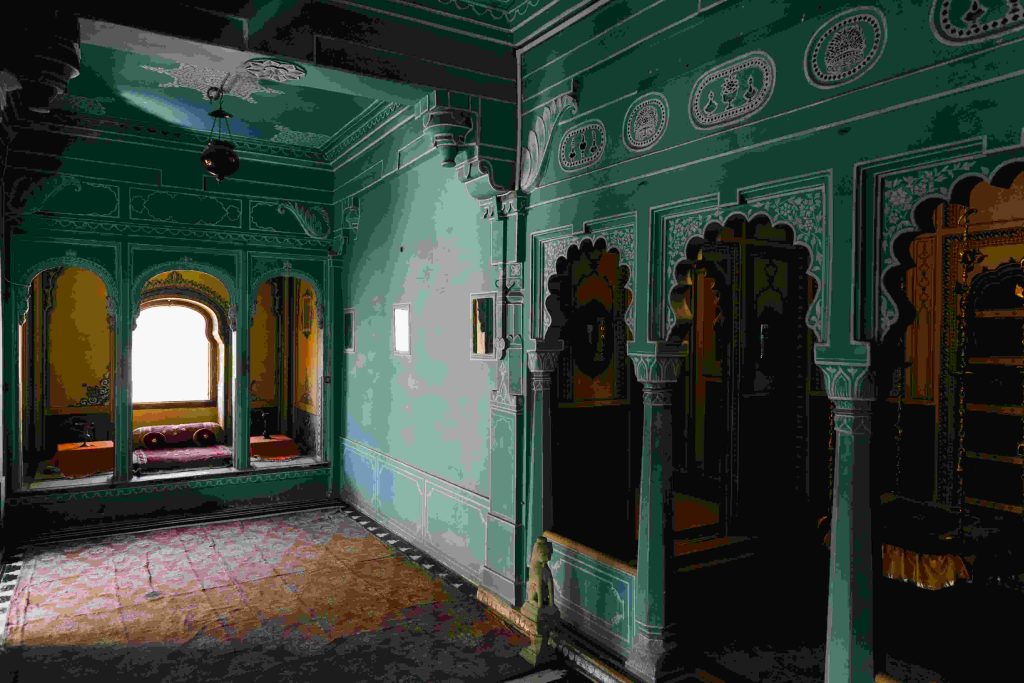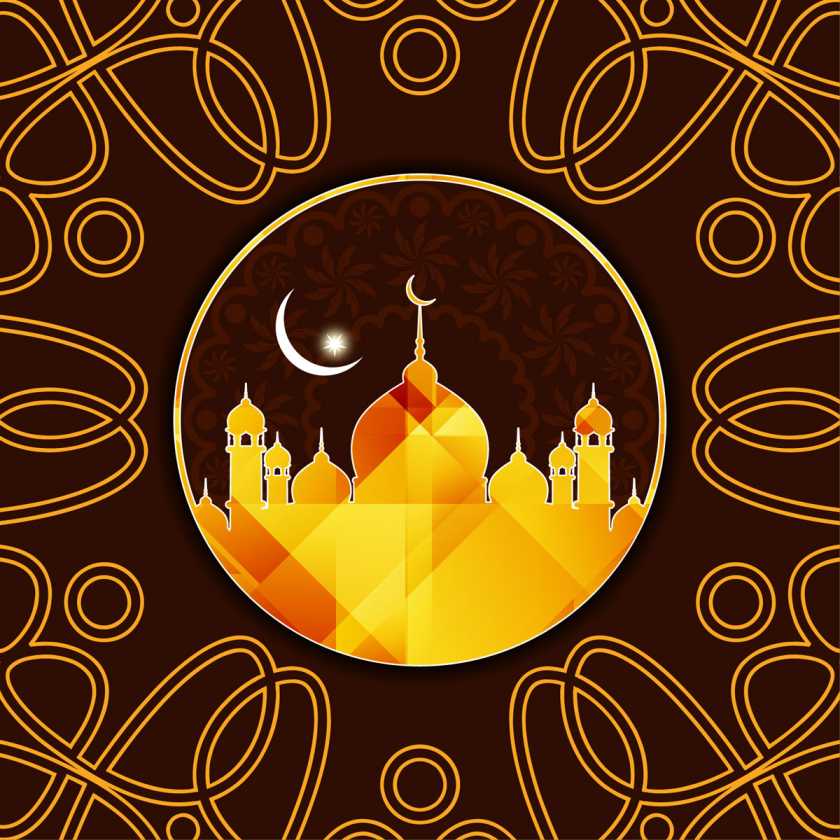The Mughal Empire was one of the principal empires of the Indian subcontinent that thrived from the early sixteenth to the nineteenth centuries, popularly remembered mainly for its innumerable arts and contributions to architecture and a rich devotional cross-section with regard to religious influences. During this time, the synthesis of diverse cultures and traditions created a unique dynamics that influenced the entire visual, spiritual, and social life of the region.
What is most at the heart of Mughal artistic brilliance is a reconciliation of Persian, Indian, and Islamic aesthetics. It is in this that the Mughal artists’ minds were fired from their homeland by Persian art but applied in the local Indian styles and techniques. One of the clear manifestations of this hybridization was in the architecture, painting, and decorative arts of the empire. The grandiose Mughal miniature paintings, for example, got marked by skillful attention to details, vibrant colors, and a unique style that differentiated itself from other art forms of the time. Among the themes of these works are scenes from courtly life, nature, and epics-which, together, encapsulate the cultural psyche of the Mughal court.
Some of the most significant echoes of the Mughal Empire are its architectural legacies which still stand as great memorials to that grandeur. The Taj Mahal is a UNESCO World Heritage Site and one of the Seven Wonders of the World that most perfectly symbolizes the apex of Mughal architecture-that is, commissioned by Emperor Shah Jahan in memory of his beloved wife, Mumtaz Mahal. This mausoleum includes elements from Persian gardens with influence from Indian designs and complex inlay work with semi-precious stones. Symmetry, extensive gardens, and reflective pools contribute to an enchanting atmosphere that speaks for the artistic sophistication of the empire.
Other examples of marvelous buildings are the Red Fort in Delhi, Humayun’s Tomb, and Fatehpur Sikri with its endless carvings. Each of these stupendous monuments epitomizes the glorious grandeur and unique architectural identity that characterized the Mughal era. The grandeur displayed by these monuments in engineering marvels such as large domes, vast courtyards, and eye-catching ornamented facades testifies to a glorious past.
The Mughal Empire had a very important role in the making of the religious map of India. It is said that the ruling classes here were very much entrenched in their syncretic approach in governing, which eventually resulted in the policy of religious tolerance among rulers. Mostly, however, Akbar is famous for his effort to form an interfaith harmony. He founded the Din-i Ilahi, a syncretistic faith, intending to amalgamate Islam, Hinduism, Jainism, and Christianity, trying to heal community differences and sprinkle peace in their ways. This was a very fine example of interfaith dialogue, and it can say that historical people met in a session of brilliant exchanges of ideas, customs, and spirituality.
The Mughals also took great care to see to it that their courts became places where poets, scholars, and artists would congregate before an electrifying cultural milieu. Festivals observed on various occasions, both secular and religious, are manifestations of the pluralism celebrated in the empire, wherein traditions coexist and prosper.
In a nutshell, it manifests how culture integrates into the Mughal Empire and is itself such an empire. Not remaining in these glorious architectural edifices, which continue to amaze visitors to the present time, the impact that the Mughal Empire made on art, religion, and society in the Indian subcontinent is certainly part of its legacy. The coalescence of several different traditions during this period differentiated this period,-all possible influences, which still feel august today, enriching India’s cultural heritage.







